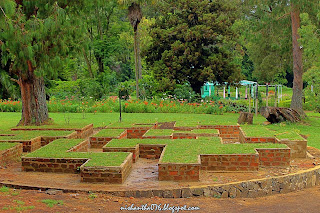Having 33
endemic bird species with a total number of 509 bird species including the migrant
birds Sri Lanka provides an unparalleled birding experience for any serious bird
watcher. With its rich bio diversity and
various climatic conditions it never fails to satisfy any bird watcher who
comes to Sri Lanka from any part of the world. Whether you are a serious bird
watcher or a casual bird watcher it always has options. During the migration
season more than 200 species arrives Sri Lanka from India, Siberia,
Scandinavia, and Western Europe. The latter part of the year is the best time
for bird watching in Sri Lanka. In my naturalist life, some of our clients have
become serious bird watchers and nature lovers after having a casual walk with
me because of the diversity of nature we have here. Even in the capital city of
Colombo provides greater opportunities for bird watching in places like
Diyasaru Park – Thalawathugoda and Baddegana Wetland Park.
Some of the
popular destinations for bird watching in Sri Lanka are
·
Sinharaja
Rain Forest
·
Bundala
National Park
·
Kumana
National Park
·
Horton
Plains National Park
·
Anawilundawa
Ramsar Wetland
·
Wilpattu
National Park
·
Kitulgala
·
Galsway
Forest – Nuwaraeliya
·
Minneriya
National Park
·
Kaudulla
National Park








